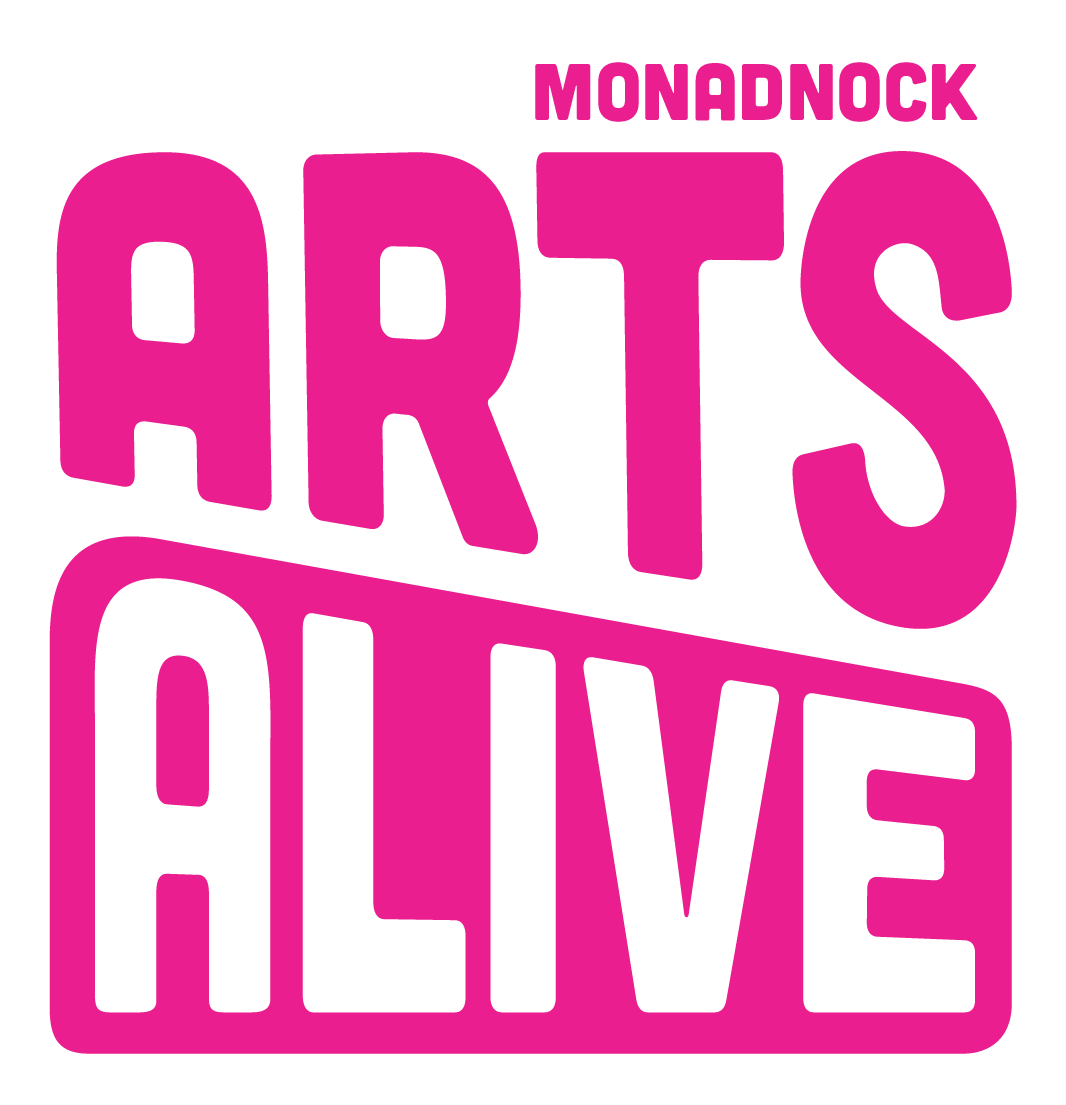How can makers manage all their ideas and projects? On Thursday September 29th, Arts Alive! hosted an Artist to Artist workshop in partnership with the Hannah Grimes Center and MAxT, Peterborough's Makerspace, by Project Management Expert Lisa Sieverts to teach the community about how to manage and prioritize projects to keep things moving.
What counts is a project? Projects are:
Multi-step
Constrained by size, time, and/or resources, and
(don’t laugh) Temporary
How to prioritize your projects:
The first step is to determine if it will bring value to what you do or to the people you serve. Does it? If not, or if you’re unsure, table that project till a time when it will bring value. Rank your projects - High, Medium, Low, or Optional by scoring them! Questions you can ask to help decide score are:
What inspires you to tackle this project - do you have an idea? Do you have the motivation to work on it? Will the inspiration be there in 2 weeks, a month, or a year from now?
What is your desire to do the project - is it going to be fun? Fulfilling? AMAZING? Is it one of those “drudgery” projects?
What is the need to complete this project - will it bring you money? Are you working on a commission? Do you have a show coming up? Is someone else relying on you to complete it? Is it something you emotionally or spiritually cannot put aside?
How is the world different with your project completed - for you? For your immediate community? For others?
Process Projects
Sometimes you know how a project rolls out - the steps you take and the tasks you complete and the results you see through the steps. When you’re repeating a project, you can usually rely on a certain process to get it done. You can make a schedule of deadlines for all the steps you know you’re going to have to take. You don’t need to try and figure out if what you’re doing works - you know it does already. Process projects don’t allow for a lot of creativity or flexibility.
But what happens if you are trying something new?
“Agile Project Management” is where you take your most high priority project and you “Sprint” - take a set period of time (usually 2 weeks) to hyper-focus and move your project through the next several steps. Why? It will give you a tangible result, it allows you to stop only at the end of the time period to inspect and adapt.
What about the other stuff?
Go back to the section on prioritization. Choose the right projects. The “other stuff” doesn’t matter now. Don’t overwhelm yourself with biting off more projects than you can chew. If you want to juggle multiple projects and time management is a challenge, take a look at our time management blog, based on an Artist to Artist workshop with Paula Matthews.
Visualizing it
The Kanban system is a great way to visualize where your projects are at, and a great way to make it work is with sticky notes on the wall, believe it or not! There are also online programs like Taiga and Trello that help users visualize where projects are and how they’re moving toward being DONE! So, how do you put one of these together?
Figure out your steps - how do you start, work on, and finish your project
How many projects can you have in your pipeline at once without going crazy - AND how many projects can you have going in each step.
For example, I love to go to thrift stores and collect stuff “for projects.” I have a dresser full of that sort of stuff. Have those projects moved past the collection phase? No. IF I limit myself to collecting things for two projects at a time, I won’t need to rent a storage locker to store it all.
What does a sprint look like? You may or may not know! Will you move one project to the next level? Will you move four? A “Sprint” can help manage your focus.
In the Bag Maker’s example, she hates “Finishing” projects, but loves designing and building. She lets her bags pile up in the finishing stage and when it is full she “Sprints” by moving them all along in one sprint. Another sprint might be taking one project and moving through from Design to Quality Check.
Is there a point when a project goes back into the “Idea bubble?” Or back to another step in the process?
In the Play Director’s example, ideas get submitted to producers and companies. Not every proposal is accepted. Those ideas go back to the “Idea Bubble.” Later in the process of developing the project there is a loop of idea development with partners, creation, review, and fixing. The loop continues until the project is ready for Assembly and Presentation. A sprint in this example could look like taking a project from Brainstorming to Applying for an Opportunity.
Project management systems are important - but so is flexibility, creativity, and inspiration. What are the ways you can incorporate those in how you take on your projects? Having a system is a great way to SEE how you’re working, if there is a place you get stuck - and what your options are if that happens, if there is a way to produce more work, or spend more time seeking inspiration.
Making the work visible helps you to Stop Starting and Start Finishing your projects!


